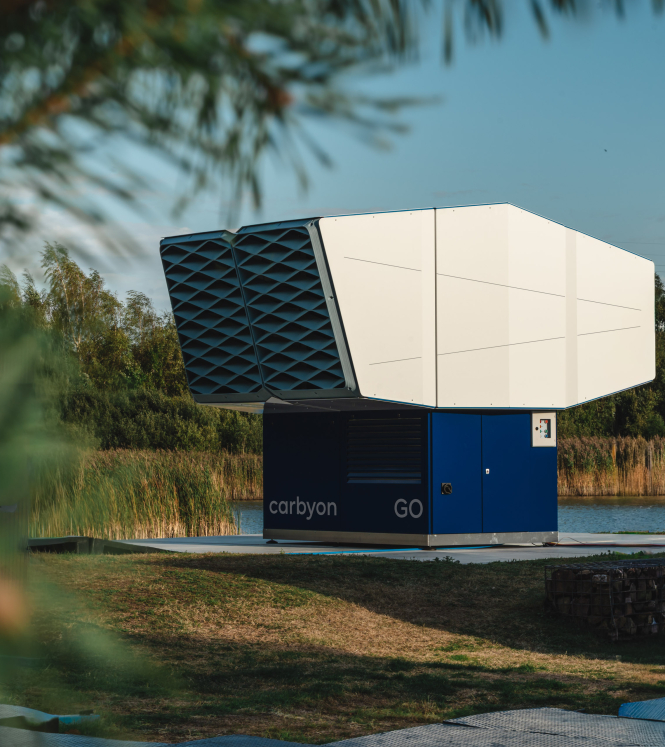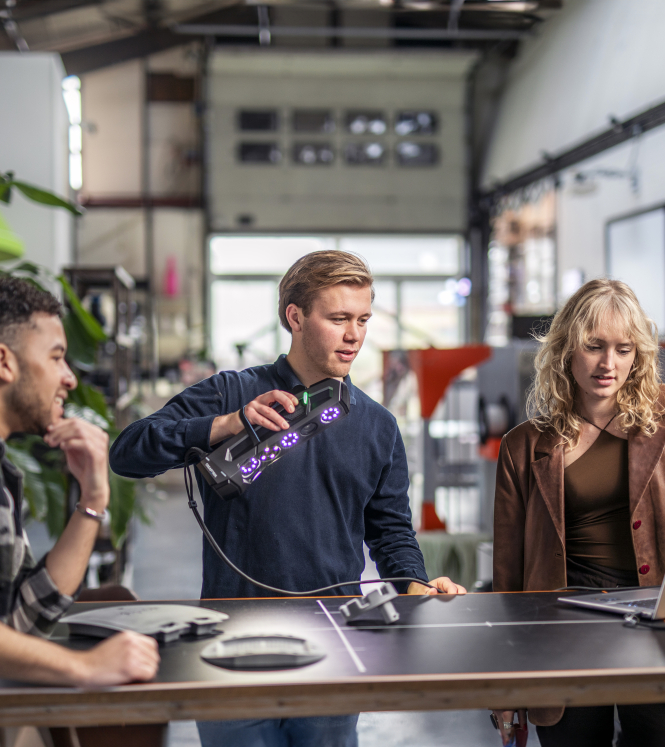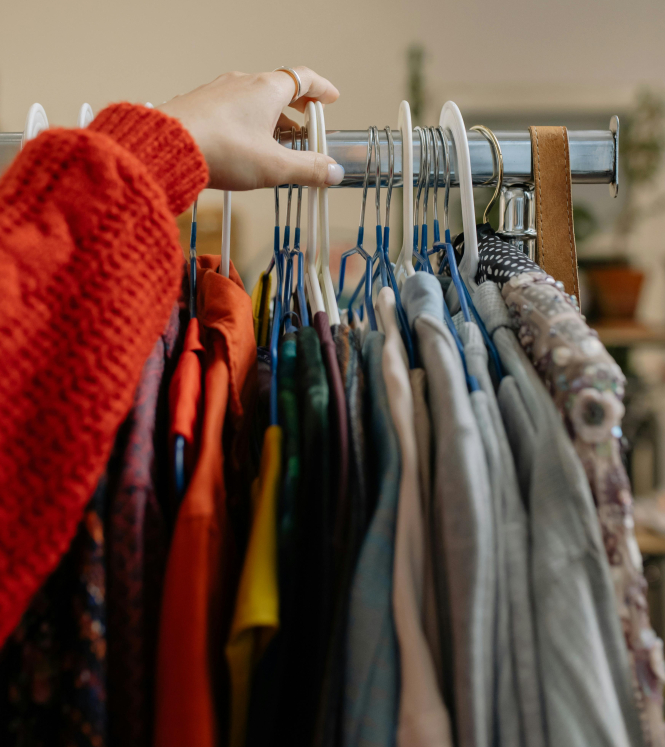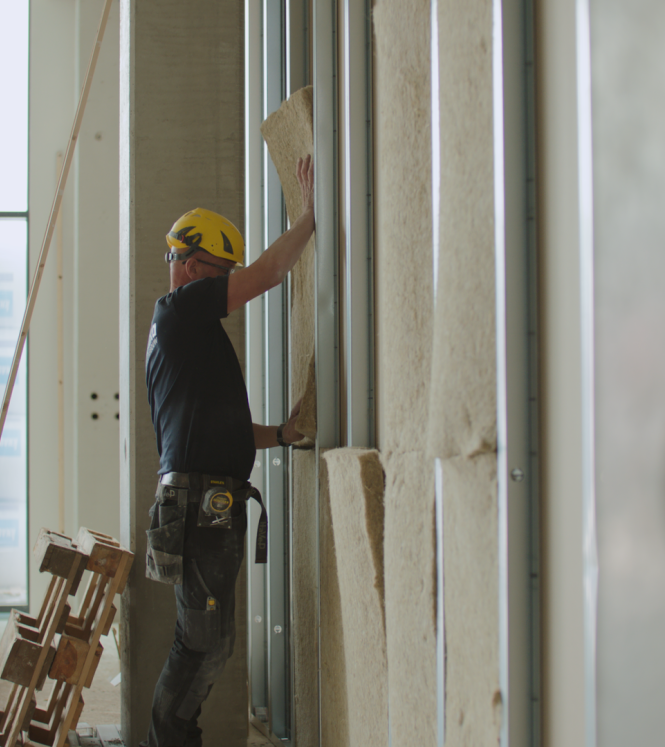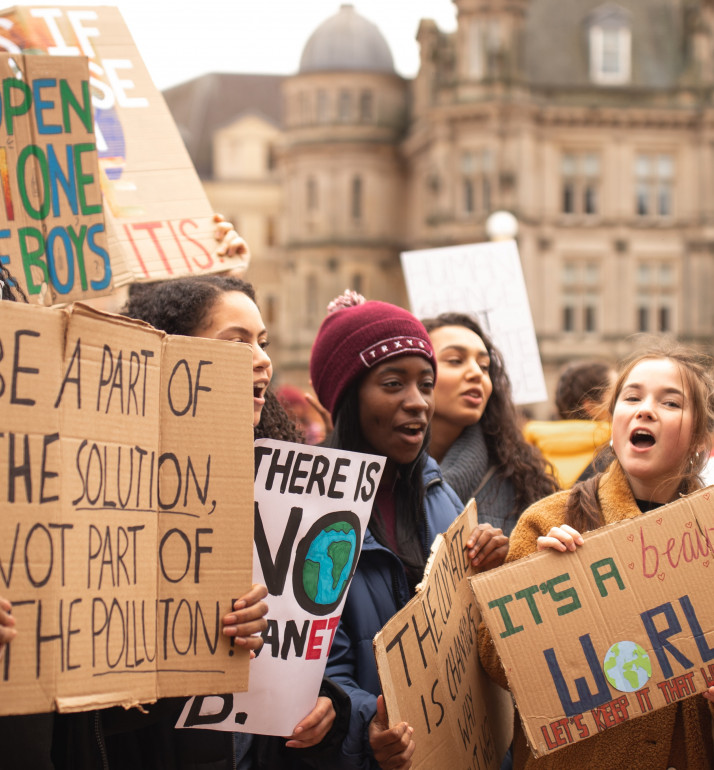
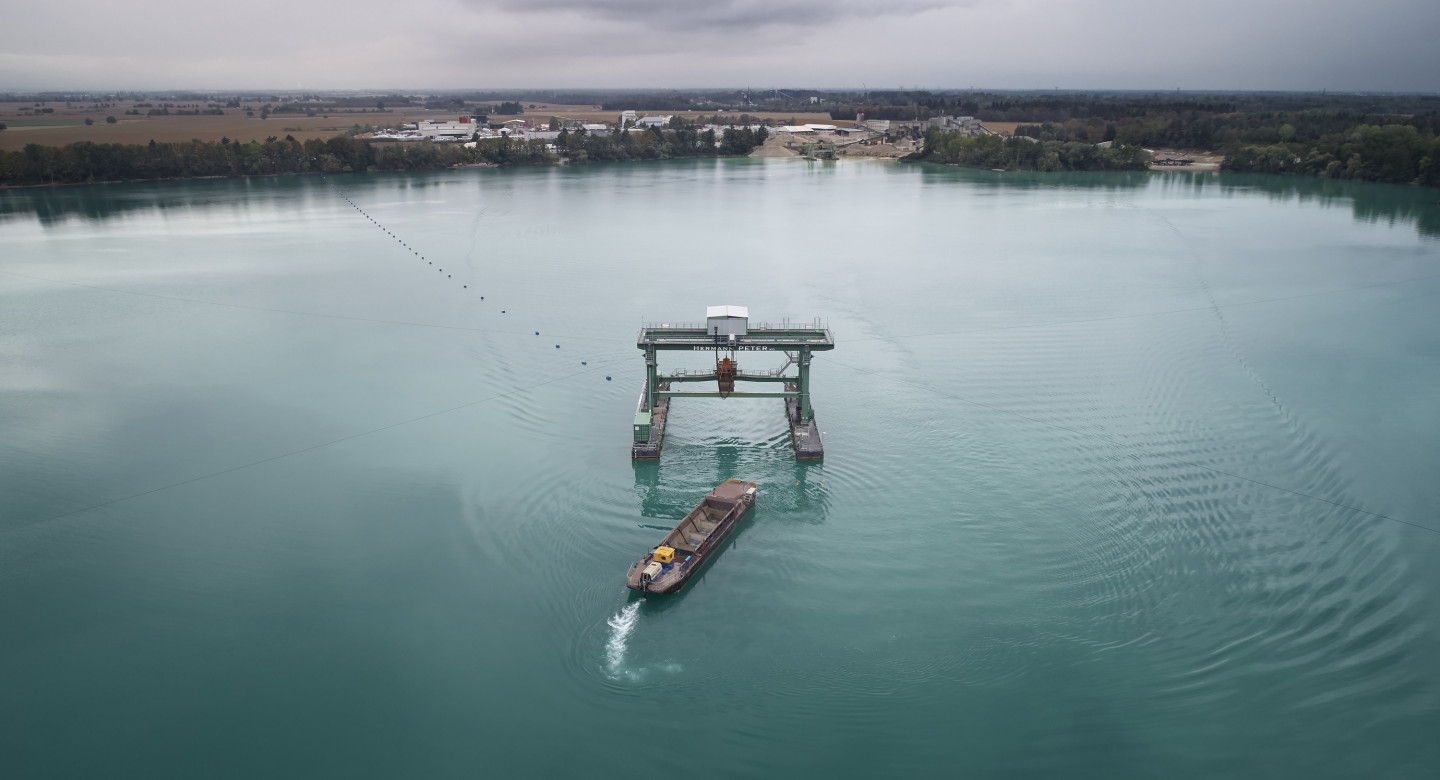
How a circular approach to wastewater can help us achieve the SDGs
Polluted water and air, overfished oceans, depleted fuel supplies and exhausted soil. With more and more people using our natural resources, the planet is reaching its limits. We need to be at our most creative to make the best of the resources available for the sake of life as we know it. Pioneers of the Dutch circular movement have teamed up with their counterparts in Singapore and Brazil to create a new source of supply from wastewater.
Currently, 36% of the world’s population lives in water-scarce regions, and water-related challenges are many, from inadequate water supplies and poor water quality to what to do with wastewater. You thought wastewater is just a burden, a by-product waited to be treated, processed and reused? Think again!
A city’s used water supply can be a valuable resource, a source of renewable energy, clean water, fertilisers and nutrients. Wastewater can be treated to be reused in industry or agriculture, or processed to become a source of new drinking water, saving precious non-renewable water resources. Wastewater is also full of phosphates and other minerals, which can be extracted and re-used. In half a dozen ways, treating and processing used water can play a key role in establishing a circular economy and achieving the Sustainable Development Goals (SDGs).
A Dutch public-private partnership to recover valuable resources
In the Netherlands, innovation is often a result of intense collaboration between the government, the private sector and research institutes – the so-called triple helix. To realise our ambition to become a zero waste nation by 2050, we believe involving both public and private partners is key. To recover valuable resources from wastewater, the Dutch water authorities joined hands with local water boards, NGOs and knowledge institutes to set up the Energie- en Grondstoffenfabriek (Energy and Resources Factory).
Since its initiation in 2008, 12 sewage treatment plants throughout the country have been transformed into energy and resources factories (and another 11 are in the development phase). Here the energy generated during the wastewater treatment process is converted into green electricity, while phosphorate turned fertiliser contributes to growing more fresh and healthy fruit and vegetables. And this is just the beginning.
Two demonstration factories are already producing Kaumera® from extracted sludge granules. This bio-based raw material can serve as a binder, coating or biostimulant. Next year, a demonstration factory is set to start producing PHBV, another high-quality material made from wastewater. This pure and superior biodegradable natural material can be used in various agricultural applications to replace plastic, when recycling is not possible or sustainable and true biodegradability in water or soil is needed. Researchers are working on the recovery of other valuable resources, such as alginate and cellulose.
Towards a circular economy with Singapore
To become a fully functioning circular economy we need to go beyond national borders. Across borders, Dutch circular experts also work with Singapore and Brazil to turn wastewater into a valuable resource. In Singapore, a country similar in size and without many natural resources, the Netherlands has found a partner with similar ambitious sustainability targets.
ReCirc Singapore was established to boost cooperation between two countries on their way to becoming zero waste nations. ReCirc unites 13 Dutch organisations dedicated to recovering resources from used water and sludge, plastics, incinerated bottom, ashes and food systems in Singapore and the Netherlands. As part of the partnership’s legacy, ReCirc Singapore recently launched a Community of Practice. In this Community of Practice Dutch and Singaporean authorities, industry, engineering companies, consultants, research institutes, NGOs and end users develop and exchange knowledge on circular economy and zero-waste solutions.
Improving the safety of and water management at Brazil’s tailing dams
Reusing wastewater and recovering valuable resources from sludges and wastewater is also an important component of a Dutch-Brazilian partnership on safe tailings dams and clean wastewater. Following a number of dam collapses, the government of Brazil called on a group of Dutch water experts to improve the safety of its tailing dams. The recovery of metals from tailing wastewater is part of an integrated plan for Brazil’s tailing dams. Although the improvement of the overall safety situation is the main goal here, the recovery of raw materials is a nice added bonus.
This project too is the result of the strategical cooperation between the government, knowledge institutions and companies. By purifying mining wastewater streams using minimal chemicals and energy, here again frontrunners of the Dutch water sector are recovering valuable minerals with their local partners in a very different context.
A circular future for wastewater
These three partnerships all confirm the importance of working together, on the national as well as the international level. By working across borders and oceans, we can turn wastewater into a valuable source of new resources. The future of wastewater is circular. Let’s make the circular shift together!

